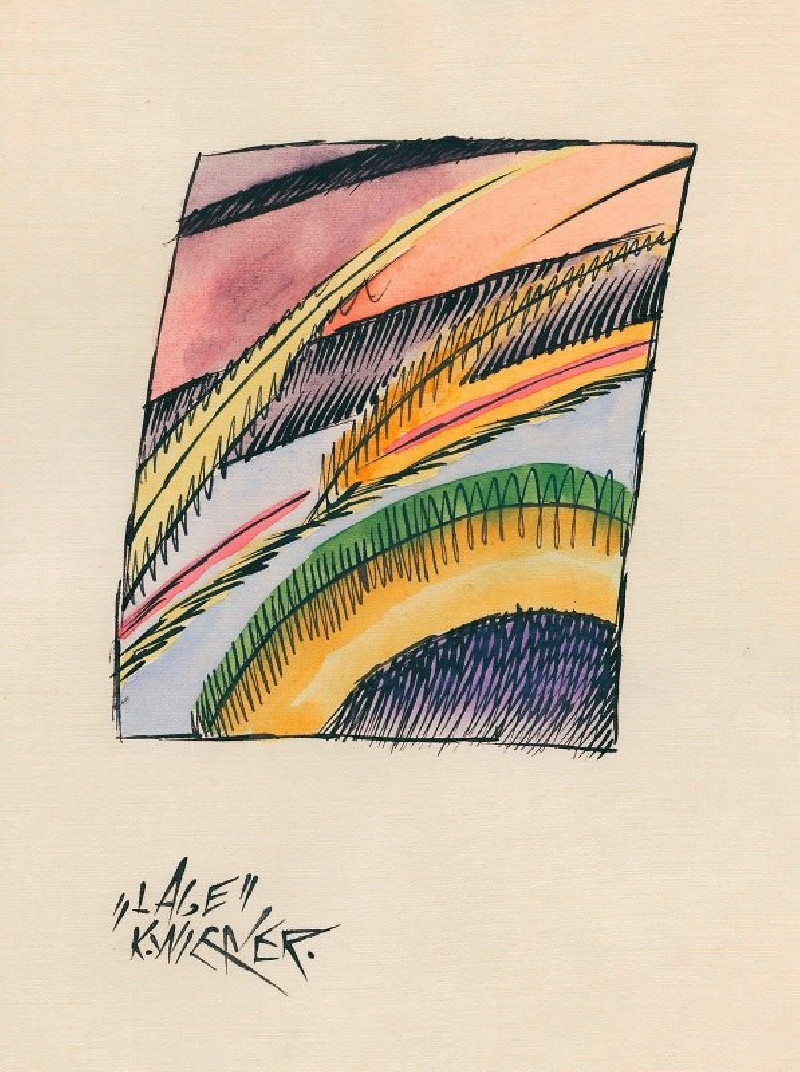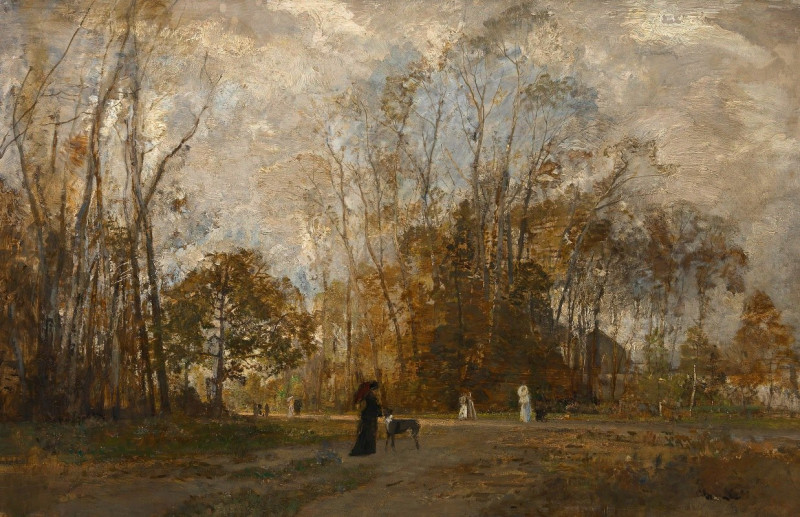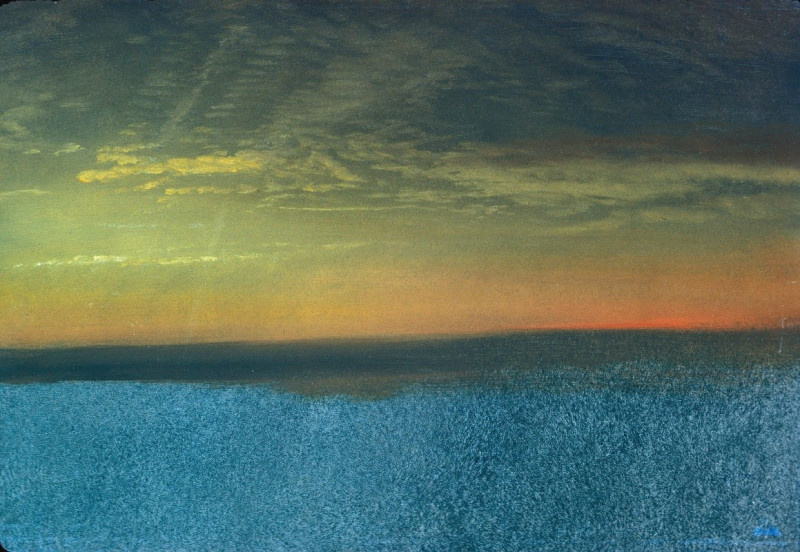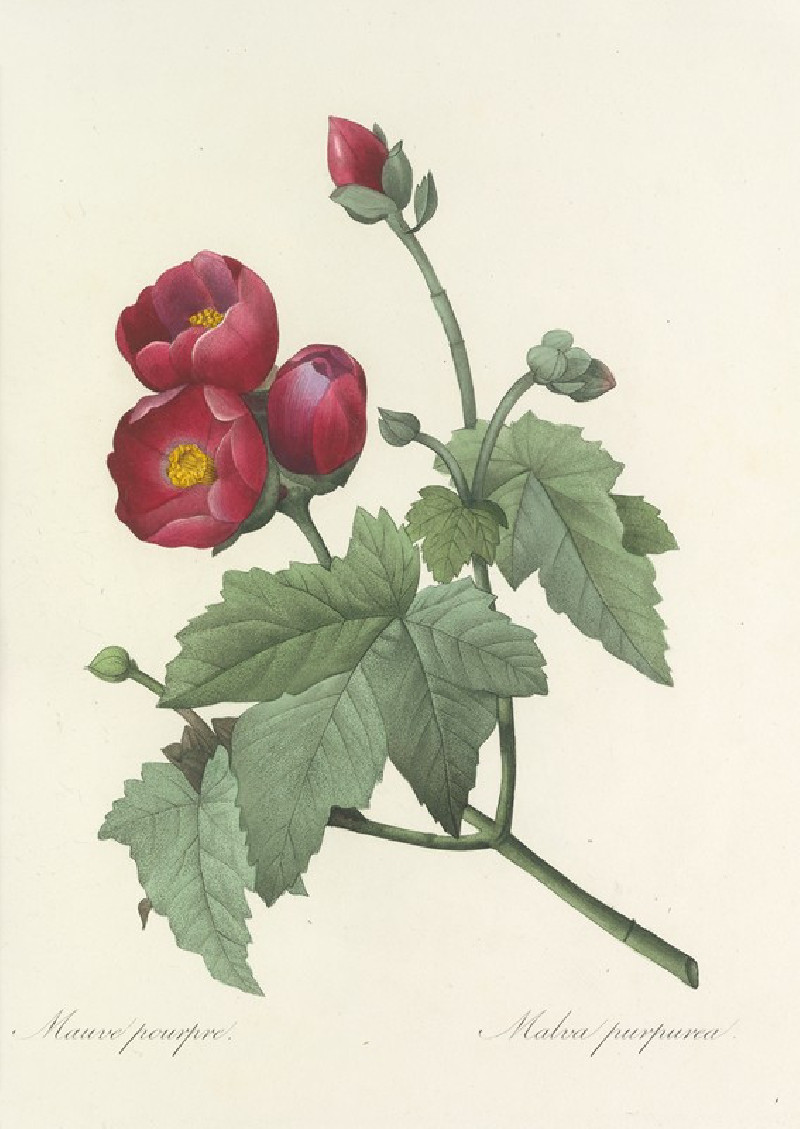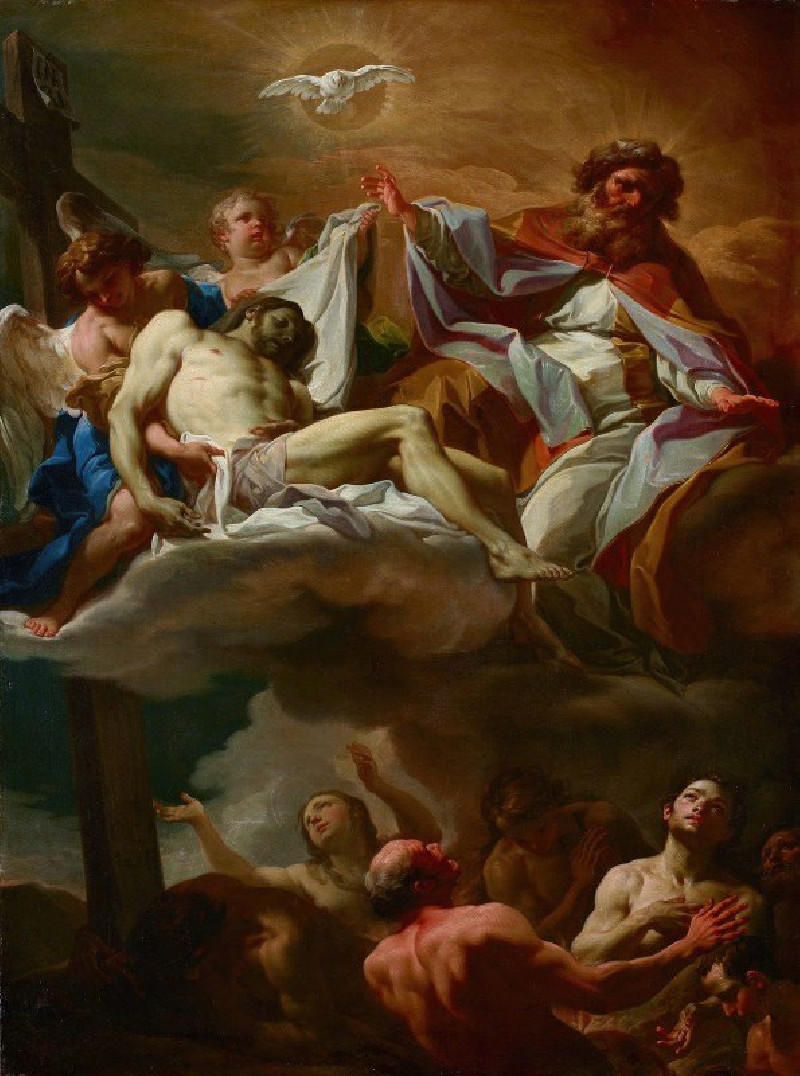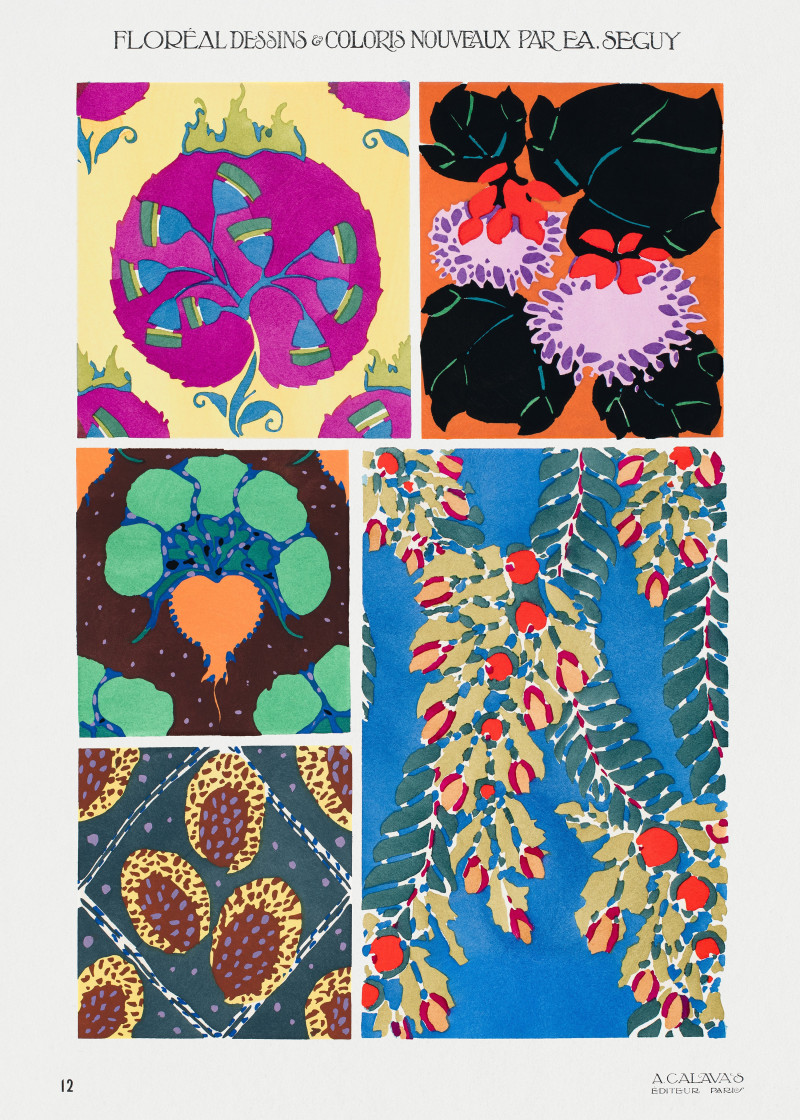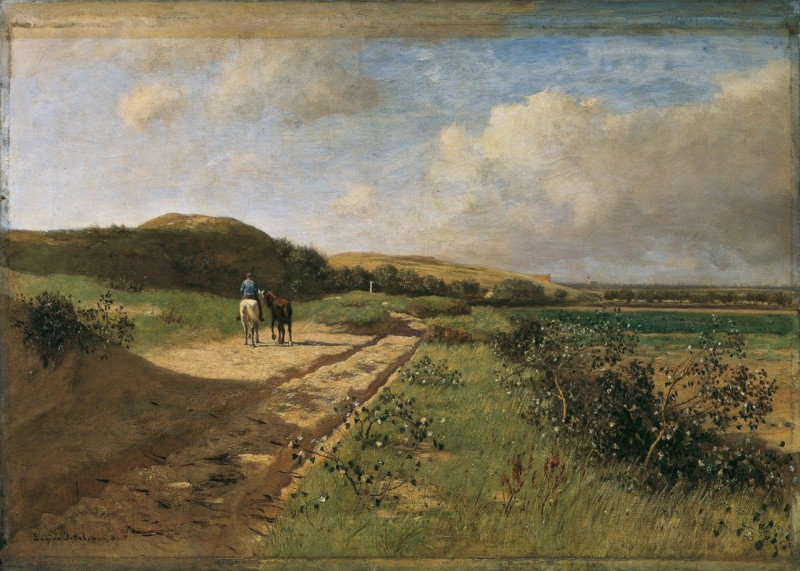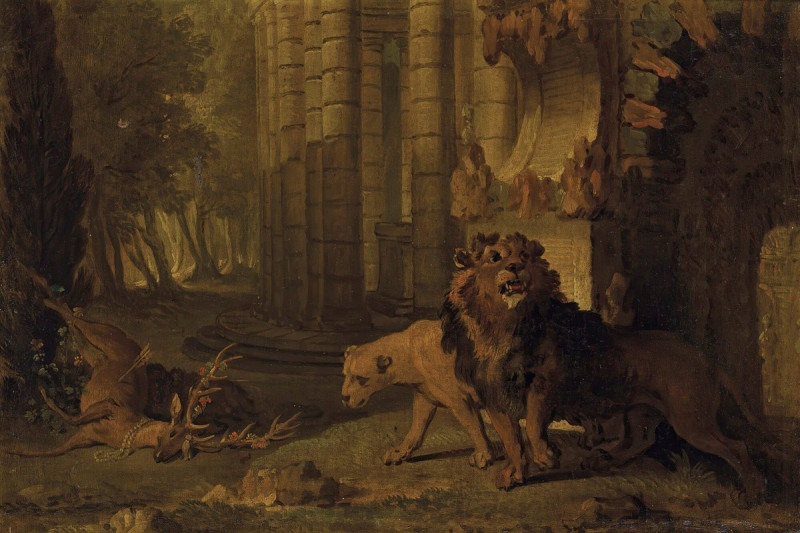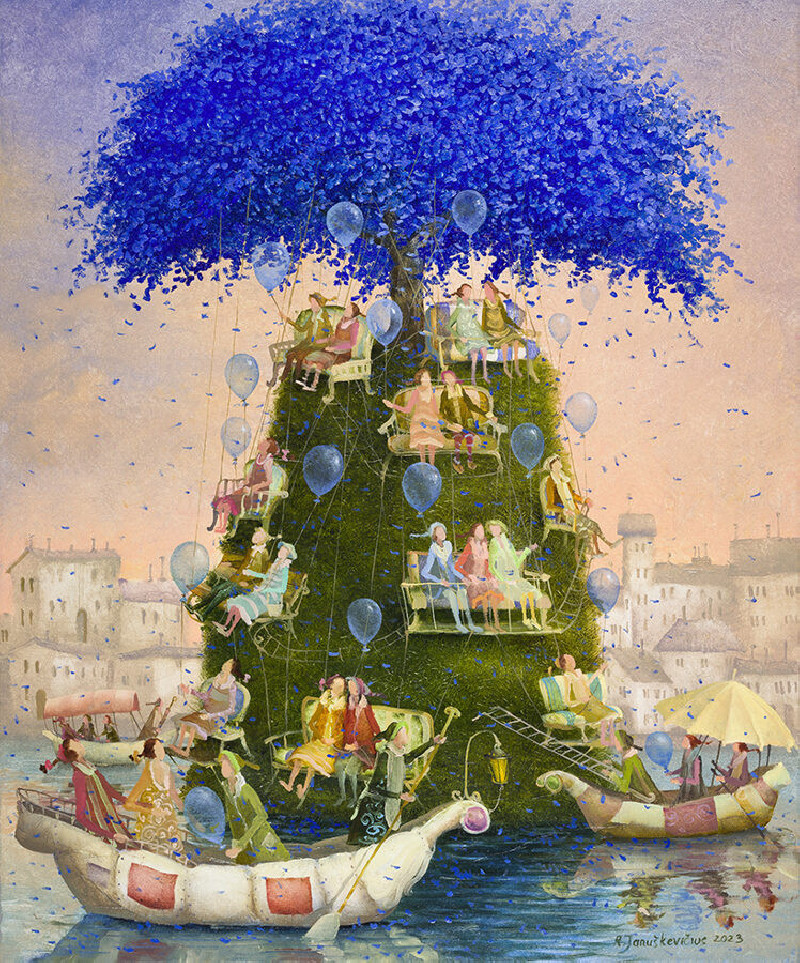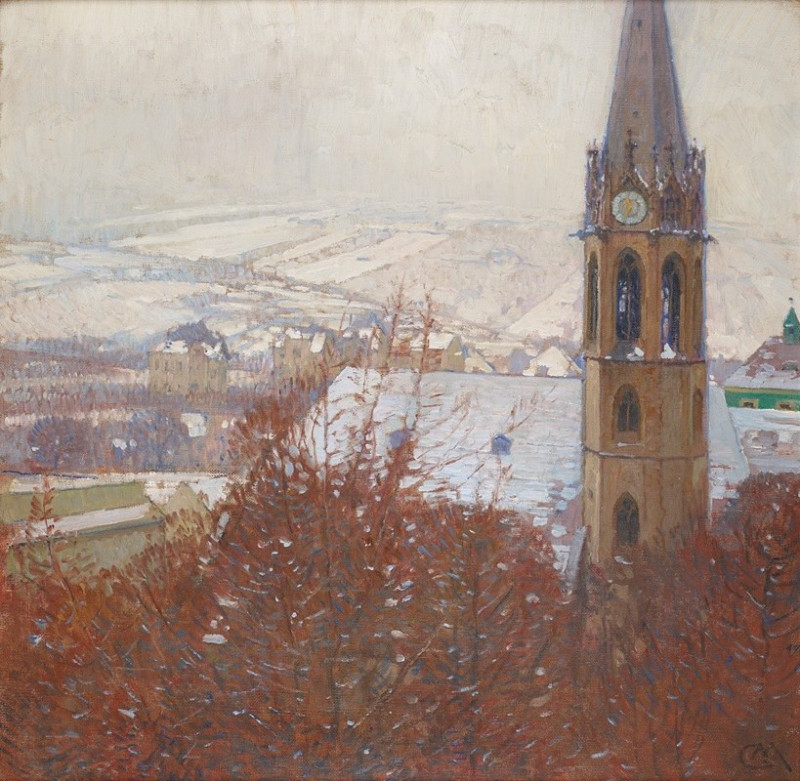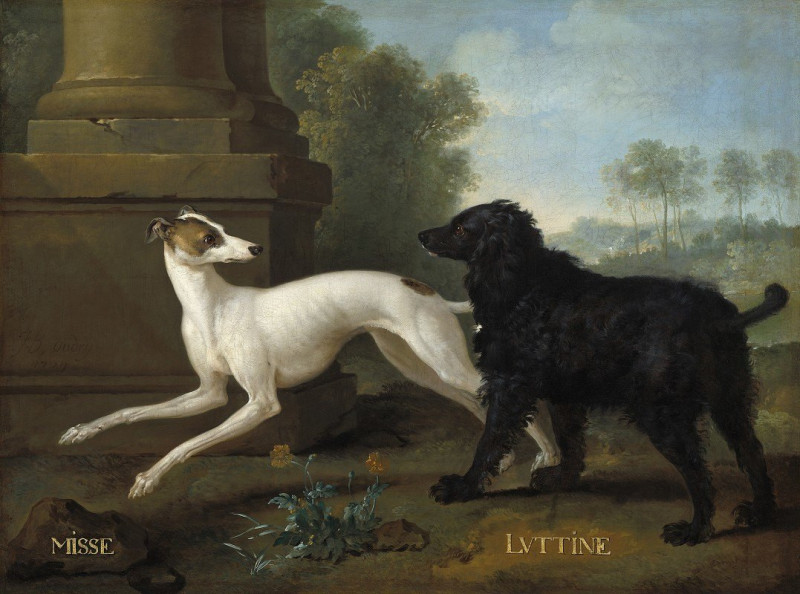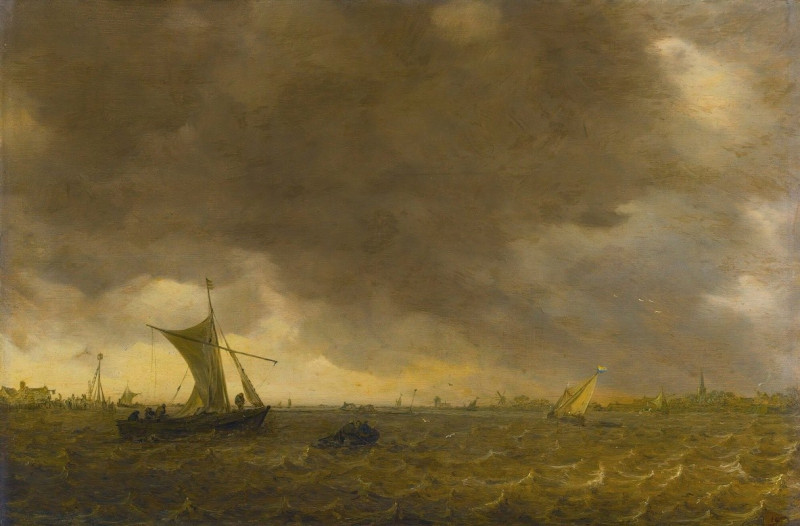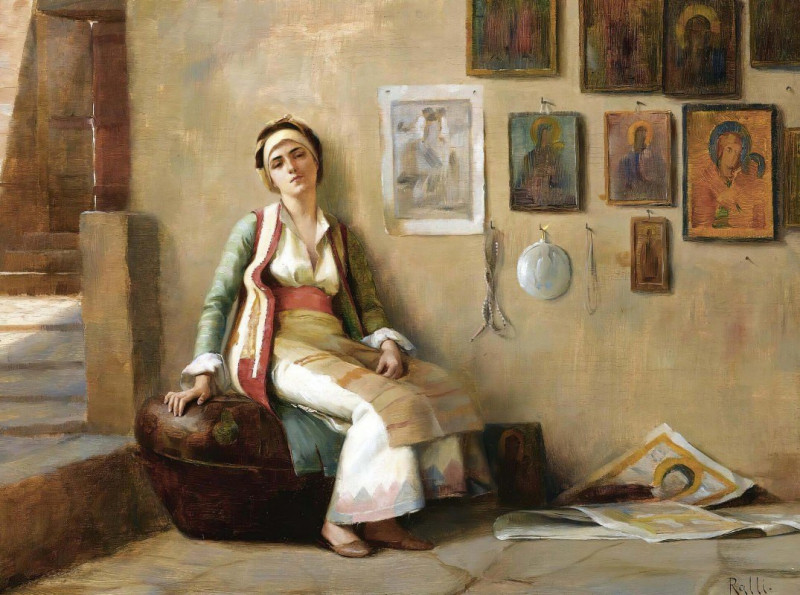Lage (around 1923)
Technique: Giclée quality print
Recommended by our customers
More about this artwork
"Lage" by Karl Wiener is a striking painting from around 1923 that showcases a dynamic blend of color and line. In this piece, the artist arranges a series of curved and angled lines in a compact, trapezoidal shape, which seems to float against a softly toned background. The use of vibrant pinks, greens, oranges, and yellows intertwined with darker hues of purple and black creates a vivid contrast, adding depth and energy to the work.The flowing, wave-like patterns in the painting suggest movement and transformation, possibly hinting at the emotional or physical landscapes the artist was exploring. Each stroke is outlined with a black line that enhances its visual impact, making the colors pop and shimmer with life.Karl Wiener's "Lage" is a fascinating example of early 20th-century abstract art that invites viewers to immerse themselves in its dynamic rhythms and explore the interplay of form and color.

